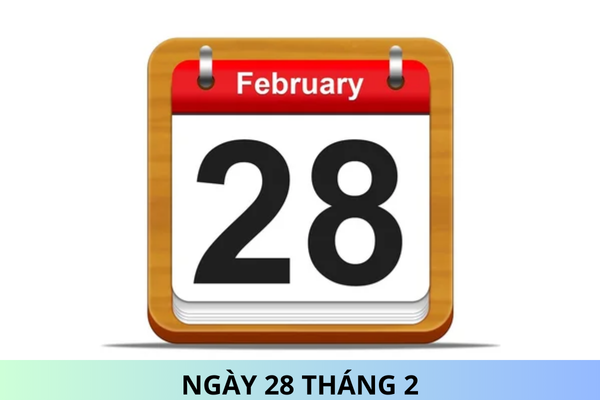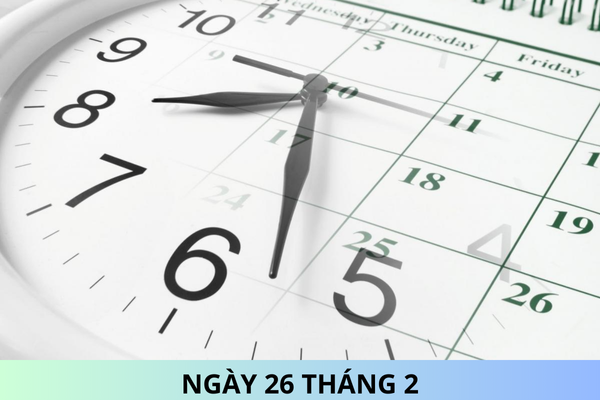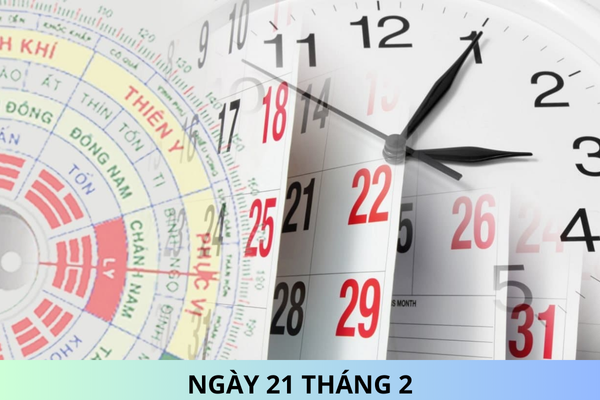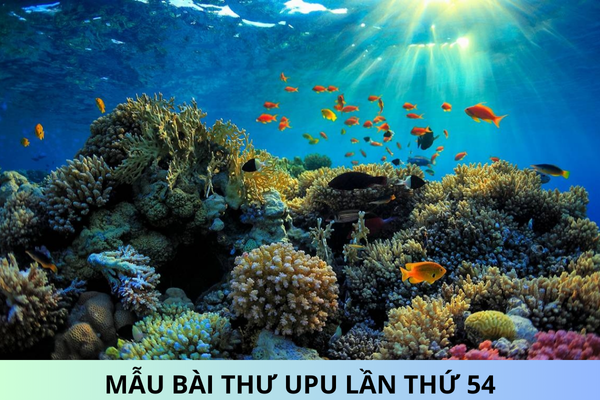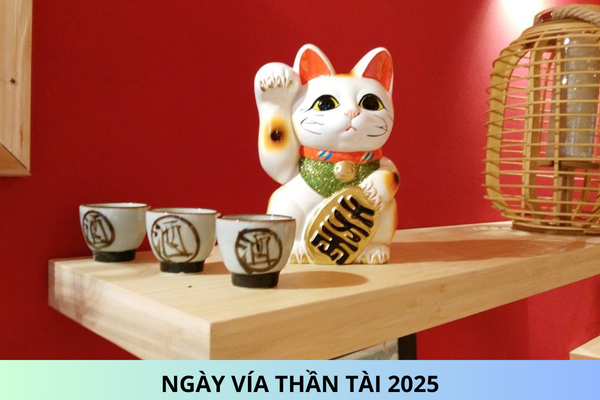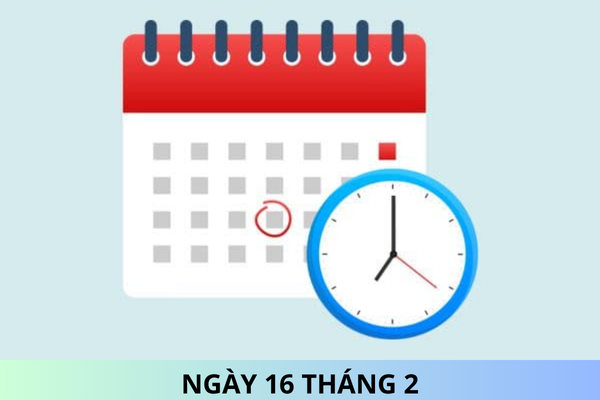What are requirements for electrical grid at petrol stations in Vietnam?
What are requirements for electrical grid at petrol stations in Vietnam? What are regulations on fire prevention and suppression equipment at petrol stations in Vietnam? What are regulations on water supply and drainage and environmental hygiene systems at petrol stations in Vietnam?
What are requirements for electrical grid at petrol stations in Vietnam?
Pursuant to Article 11 of the Circular 15/2020/TT-BCT stipulating electrical grid at petrol stations in Vietnam as follows:
1. Regarding above-ground petrol filling stations
a) Safety requirements in design, installation and use of electrical equipment in filling stations must conform to TCVN 5334:2007 Electrical equipment of oil and oil product storage – Safety requirements in design, installation and use.
b) In case power generators are used in petrol filling stations, position the generators outside of hazardous zones. Exhaust pipes of generators must be installed with fire protection system and coated with thermal insulation layer.
c) Wires and cables used within the filling stations must satisfy following requirements:
- Wires and cables must use copper conductor and be insulated by synthesized plastic.
- Cables must conform to technical requirements according to applicable National Technical Regulation.
- Underground cables must have copper conductor and be insulated by synthesized plastic which is petrol-resistant and protected by steel cover.
- In case underground cables are not covered in steel for protection, place the cables in steel tubes (where automobiles and motorcycles passing by above) or plastic tubes (where no automobiles and motorcycles passing by above) or in separate covered trenches filled with sand.
Do not place cables in the same trenches in which fuel transmission lines are placed.
- Cables must be placed underground when they are installed across driveways, work items and intersecting with fuel transmission lines, in this case, the cables must be placed in steel tubes whose ends must protrude 0.5 m from edges of structures.
- In a single cable tube, do not place power transmission cables and lighting cables in the same place with operational cables, information cables and signal cables.
- Tubes containing cables must be connected with each other by screw thread. When connecting or branching wires and cables, use explode-proof wire separators and wire connectors.
d) Cables used for automatic devices and communication devices must comply with regulations under Point c Clause 1 of this Article.
dd) Devices installed at Z0 and Z1 hazardous zone must be explode-proof.
e) Install direct strike lightning protection system for work items within the filling stations.
Grounding system of direct strike lightning protection system must have grounding resistance no more than 10 W. Lightning arresters must be positioned at an elevation that can cover breather valves. In case breather valves are not included in lightning protection range of surrounding tall structures, install direct strike lightning protection for breather valves by lightning arresters bonded in an equipotential manner. The tip of a lightning arrester must be at least 5 m away from breather valves.
g) In order to satisfy surge and static protection, each steel tank must be welded with at least 2 metal wires connected with surge and static protection grounding system. Grounding resistance of this system must not exceed 10 W.
h) Install grounding devices for static protection of fuel transportation in positions where fuel is loaded into tanks.
i) Safety grounding system must have grounding resistance no more than 4 W. All neutral metallic components of electrical equipment and fuel dispensers must be grounded safely.
- This grounding system must be positioned at least 5 m away from direct strike lightning protection (distance calculated on the ground).
- If safety grounding system is connected with direct strike lightning protection, grounding resistance must not exceed 1 W.
k) Lightning protection and grounding design of petrol filling stations must conform to applicable regulations on lightning protection construction and design for petroleum storage.
2. Regarding floating petrol filling stations
a) Safety requirements in design, installation and use of electrical equipment in filling stations must conform to TCVN 5334:2007.
b) In case power generators are used in petrol filling stations, position the generators outside of hazardous zones. Exhaust pipes of generators must be installed with fire protection system and coated with thermal insulation layer. Areas where power generators are installed must be separated from tanks, storage or points-of-service.
c) Wires and cables used within the filling stations must satisfy following requirements:
- Wires and cables must use copper conductor, be insulated by synthesized plastic and contained in tubes.
- Cables must conform to technical requirements according to applicable National Technical Regulation.
- In a single cable and wire tube, do not place power transmission cables and lighting cables in the same place with operational cables, information cables and signal cables.
- Tubes containing cables must be connected with each other by screw thread. When connecting or branching wires and cables, use explode-proof wire separators and wire connectors.
d) Cables used for automatic devices and communication devices must comply with regulations under Point c Clause 1 of this Article.
dd) Install direct strike lightning protection system for work items within the filling stations. Lightning arresters must be positioned at an elevation that can cover breather valves. In case breather valves are not included in lightning protection range of surrounding tall structures, install direct strike lightning protection for breather valves by lightning arresters bonded in an equipotential manner. Lightning protection system must be inspected on a yearly basis according to applicable regulations and law.
What are regulations on fire prevention and suppression equipment at petrol stations in Vietnam?
Pursuant to Article 12 of the Circular 15/2020/TT-BCT stipulating fire prevention and suppression equipment at petrol stations in Vietnam as follows:
1. Post fire prevention and suppression regulations, fire fighting regulations, fire prohibition sign and mobile prohibition in noticeable and legible places in petrol filling stations.
2. Petrol filling stations must be adequately equipped with appropriate initial fire-fighting facilities as specified under TCVN 3890:2009 Fire safety and firefighting equipment for buildings and constructions - Equipment, placement, examination and maintenance and under this Regulation.
3. Based on fire hazards of substances and materials in each work items of petrol filling stations, equip and install appropriate fire-fighting facilities.
4. Number of initial firefighting equipment and tools is specified under Schedule 6.
Schedule 6. Number of initial firefighting equipment and tools
Work items
Dry powder extinguisher (piece)
Fire blanket (piece)
≥25 kg
≥4 kg
1. Tanks of levels 1 and 2 filling stations
2
2
4
2. Tanks of level 3 filling stations
1
2
2
3. Fuel dispensers and areas where fuel is loaded into tanks
-
2
1
4. Car wash and maintenance areas
-
1 (1)
-
5. Lubricant and other product sale areas
-
1 (1)
1
6. Points-of-service
-
1 (1)
-
7. Security offices
-
1 (1)
-
8. Power generators and electrical substations
1
2
-
a) Based on specific conditions of each fill station, may replace dry powder extinguishers with foam spray extinguishers or CO2 extinguishers depending on classes of fire.
b) Number of fire extinguishers in round brackets () refers to number of reserved fire extinguishers. Reserved fire extinguishers shall be placed close together in a separate spot in a filling station.
c) Filling stations must install appropriate water containers to immediately soak blankets in case of fire.
5. Firefighting equipment must be placed in a manner that is:
a) visible.
b) accessible.
c) no obstructing exit routes, passages and other activities. >
d) away from rain, sunlight and environmental factors.
6. Only install firefighting equipment and tools satisfactory to regulations on quality.
7. Fire extinguishers may be hung on walls, pillars or placed on the floor, etc. In case fire extinguishers are hung on walls or pillars, distance from the floor to handles of such extinguishers must not exceed 1.25 m. In case fire extinguishers are placed on the floor, such extinguishers must be placed in dry areas, if fire extinguishers are placed in brackets, height of the brackets must not exceed 2/3 the height of the extinguishers. In case fire extinguishers are placed near entrance, the extinguishers must be hung or placed at least 1 m away from edges of the entrance.
8. May place firefighting equipment and tools in a scattered or clustered manner within a petrol filling station depending on fire hazards and area of premises that needs protection (in case of cluster placement, at least 2 clusters must be guaranteed).
What are regulations on water supply and drainage and environmental hygiene systems at petrol stations in Vietnam?
Pursuant to Article 13 of the Circular 15/2020/TT-BCT stipulating water supply and drainage and environmental hygiene systems at petrol stations in Vietnam as follows:
1. Regarding above-ground petrol filling stations
a) Domestic water and water for firefighting at petrol filling stations shall be taken from public water sources, groundwater or surface water.
b) May combine pipelines that supply domestic water and water for firefighting.
c) Oil-contaminated wastewater of petrol filling stations must be gathered in separate channels whose cover is made from reinforced concrete slab with ventilation grates or steel mesh to prevent gas buildup. Install sealant pits before connecting oil-contaminated wastewater drainage channels with general water drainage systems.
d) Oil-contaminated wastewater of petrol filling stations must be processed in a manner satisfactory to QCVN 29:2010/BTNMT National Technical Regulation on wastewater of petroleum storage and filling stations before being released into the environment.
dd) Oil-contaminated tools and refuse must be classified, stored, collected, transported and processed as specified under Decree No. 38/2015/ND-CP dated April 24, 2015 of the Government on refuse and scrap management; Decree No. 40/2019/ND-CP dated May 13, 2019 of Government on amendments to a number of Articles of Decrees on elaborating to Law on Environmental Protection; Circular No. 36/2015/TT-BTNMT dated June 30, 2015 of Ministry of Natural Resources and Environment on hazardous waste management.
2. Regarding floating petrol filling stations
a) Oil-contaminated wastewater of petrol filling stations must be gathered in separate channels whose cover is firmly installed with ventilation grates or steel mesh to prevent gas buildup.
b) Oil-contaminated wastewater of petrol filling stations must be processed in a manner satisfactory to QCVN 29:2010/BTNMT before being released into the environment.
c) Install equipment to collect petroleum spilling from nozzles when pumping or loading fuel to prevent petroleum from reaching water surface. Oil-contaminated tools and refuse must be contained in airtight containers and processed as specified under Circular No. 36/2015/TT-BTNMT dated June 30, 2015 of Ministry of Natural Resources and Environment on hazardous waste management.
Best regards!


